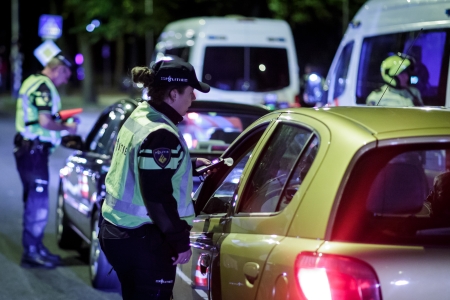It is unclear whether the Bob campaign (designated driver campaign) has contributed to a reduction of alcohol use in traffic or to the number alcohol-related crashes, since the effect of the campaign on crash rate has not been evaluated. Due to coinciding other activities (such as intensified police enforcement), the effect of the campaign itself is hard to determine. It is apparent, however, that the Bob campaign is appreciated and that its message comes across [59].
In 1995, the Bob-campaign was designed by the Belgian Institute for Road Safety, currently the Vias Institute [60]. The campaign aims to get people to agree on the designated driver before drinking alcohol. Late 2001, the Bob campaign was introduced in the Netherlands. The campaign concept is renewed every so often, to safeguard the appeal of the Bob message to the target group. In Belgium, the Bob campaign was extended in 2020 by giving drink drivers a key ring shaped as the name of a child that was killed due to drink driving.
In reviews of international studies of the effect of designated drivers (the Bob drivers), no conclusions are drawn about the effectiveness of these programs in reducing drink driving or alcohol-related crashes, since most of the studies do not present enough evidence [61]. A review of American and Canadian studies about the effectiveness of programmes for alternative transport for pub- and partygoers (including designated driver programmes) did not draw any firm conclusions either [62].
